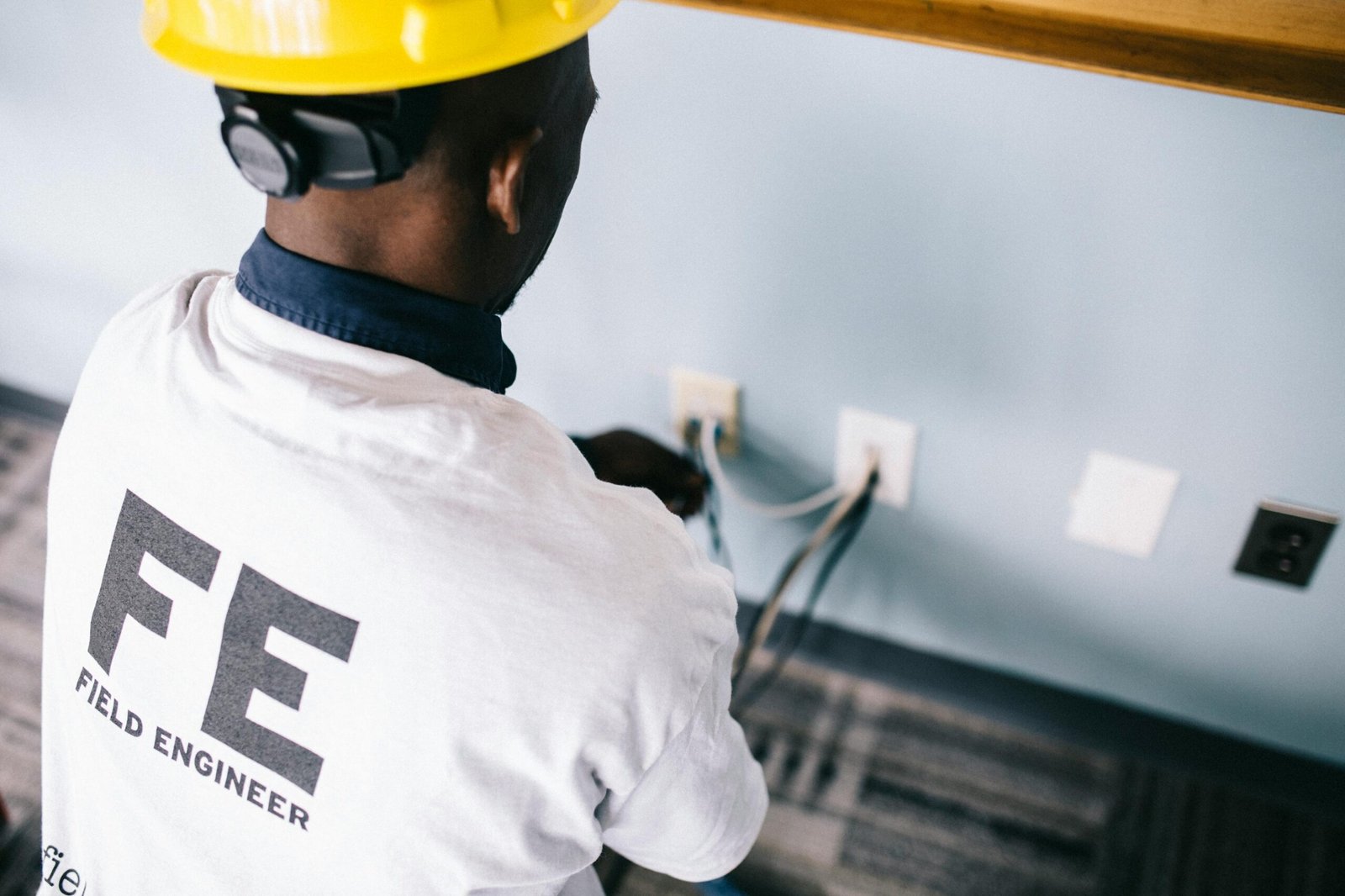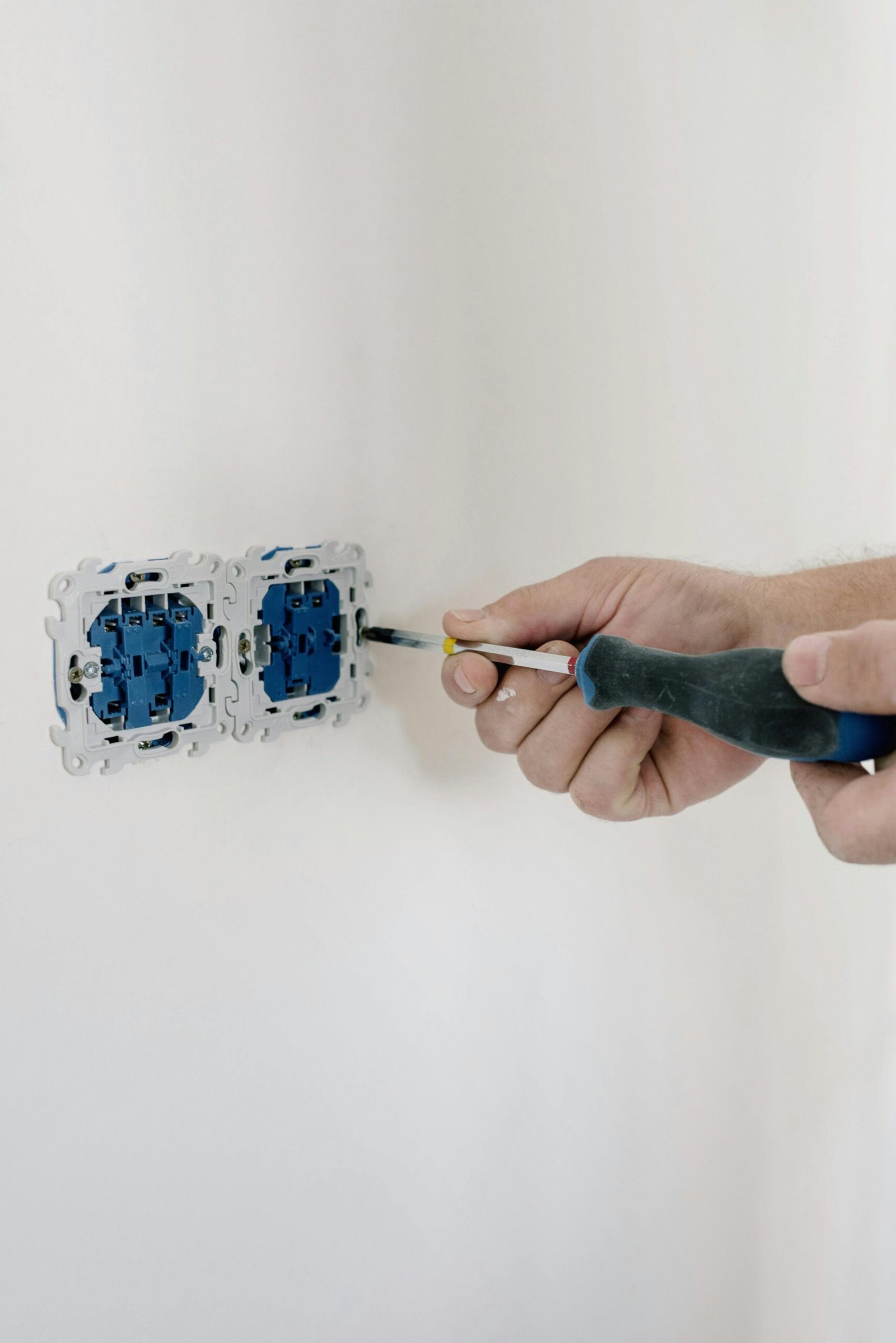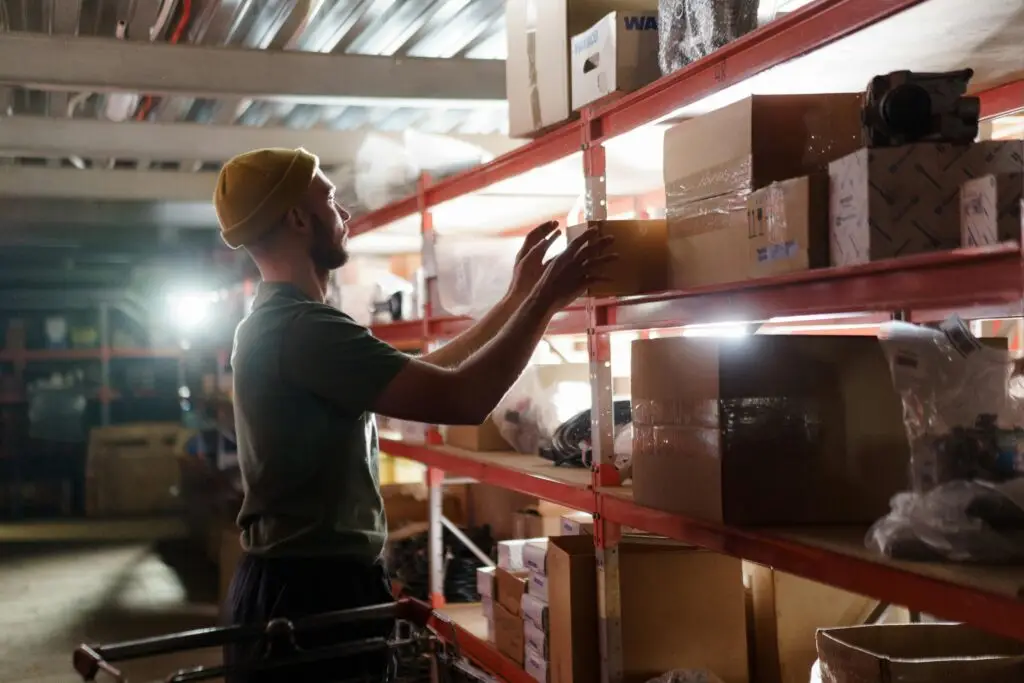Keeping your child safe at home is a top priority, especially when it comes to electrical safety. For curious little hands, electrical outlets can pose a serious risk if not properly secured. According to the Electrical Safety Foundation International, ensuring electrical safety at home “can prevent life-changing accidents.”
This blog will guide you through everything you need to know about electrical outlet safety. From understanding the risks to taking actionable steps, we’ll help you childproof your home and create a safer environment for your family.
Understanding the Risks
Electrical outlets may look harmless, but they can quickly become dangerous if left unprotected. Young children, driven by curiosity, often explore the world with their hands—and regularly by putting objects in places they don’t belong. Unfortunately, this can lead to severe consequences when outlets are involved.
Key Risks of Electrical Outlets for Kids
- Electric shocks caused by inserting objects or fingers into outlets.
- Burns from accidental contact with electricity.
- Electrical fires triggered by damaged outlets or overloaded circuits.
Shocking Statistics
According to the National Fire Protection Association, nearly 2,400 children suffer electrical shocks or burns from household outlets in the U.S. each year. Many of these incidents could have been easily prevented with simple safety measures.
Identifying Unsafe Outlets
Before you start childproofing, it’s essential to identify any issues with the outlets currently in your home.
How to Spot Outdated or Unsafe Outlets
Look out for the following warning signs of unsafe outlets in your home:
- Cracks, chips, or discoloration: These are indicators of wear and potential electrical hazards.
- Loose outlets: Wiggly or unstable outlets can expose wiring and increase the risk of shocks.
- Lack of tamper-resistant outlets (TROs): If your outlets don’t have built-in protections, they may need replacing.
The Importance of Regular Inspections
Regularly inspecting your outlets and wiring ensures your home stays up-to-date with modern safety standards. “A safe home is an informed home,” says the National Fire Protection Association. Consider scheduling inspections by a licensed electrician at least once every two years.
Safety Measures at Home
Childproofing your outlets doesn’t require a degree in electrical engineering—just some thoughtful planning and the right tools.
Essential Childproofing Tools
- Tamper-Resistant Outlets (TROs): These outlets include built-in shutters that prevent anything but a plug from being inserted. Experts agree TROs are one of the most effective ways to enhance outlet safety.
- Outlet Covers or Plug Protectors: Affordable and easy to install, these plastic covers block access to sockets.
- Safety Plates: These replace traditional outlet covers with a sliding mechanism that blocks the openings when not in use.
Organize Cords and Minimize Hazards
It’s not just outlets that are a risk—dangling cables and plugs can also cause accidents.
- Use cord organizers or clips to keep wires bundled and out of reach.
- Place furniture strategically to block access to cords and unplugged outlets.
- Avoid overloading power strips or extension cords, reducing the chance of overheating.
Consider Whole-House Protection
Installing whole-house surge protectors isn’t just good for your electronics—it reduces the risk of electrical fires and adds peace of mind for parents.
Educating Children on Safety
Teaching children about electrical safety is another valuable layer of protection. Empower your kids with knowledge, so they understand why certain areas of the house are off-limits.
How to Teach Kids About Electrical Safety
- Keep it Simple: Use age-appropriate language to explain the dangers of outlets and electricity.
- Set Clear Rules: Make it a house rule that outlets, wires, and plugs are not toys.
- Use Visual Aids: Books or interactive videos about electrical safety can help capture their attention in an engaging way.
Create a Safe Environment Through Awareness
By consistently reinforcing safety habits, you help your child understand and respect electrical risks. According to Safe Electricity, empowering children with this knowledge can make a significant difference in preventing injuries.
Community and Professional Resources
There’s no need to go at it alone—there are numerous resources to help you ensure your home is as safe as possible.
Where to Find Support
- Local Electricians: Many offer free consultations or inspections to spot potential hazards.
- Safety Organizations: Groups like the Electrical Safety Foundation International (ESFI) provide accessible guides and interactive tools for families.
- Community Events: Some neighborhoods host electrical safety days, where experts share tips and even conduct in-home evaluations.
Real-Life Stories to Inspire Action
- A family whose toddler suffered a minor electrical shock shared how installing TROs helped them feel reassured about their child’s safety.
- A neighborhood that organized safety days saw a 60% reduction in reported unsafe outlets, ensuring a safer community for families.
- A school introduced an electrical safety curriculum, and parents noticed their children practicing what they learned at home.
Safeguard Your Home Today
Taking a proactive approach to electrical outlet safety can protect your family from preventable accidents. Simple steps like installing tamper-resistant outlets, securing cords, and educating your child can make all the difference.
Share this guide with your friends, family, and community to help spread awareness and ensure safer homes for everyone. Need more advice or help getting started? Don’t hesitate to reach out to a trusted local electrician or explore resources from organizations like the ESFI.
Protect your loved ones today—because safety always starts at home.





